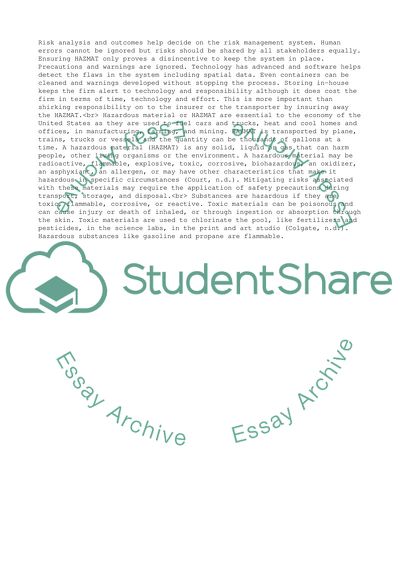Cite this document
(Whether Insuring away Hazardous Materials Is Better than Mitigating Assignment, n.d.)
Whether Insuring away Hazardous Materials Is Better than Mitigating Assignment. Retrieved from https://studentshare.org/management/1705758-successful-risk-management-assignment
Whether Insuring away Hazardous Materials Is Better than Mitigating Assignment. Retrieved from https://studentshare.org/management/1705758-successful-risk-management-assignment
(Whether Insuring Away Hazardous Materials Is Better Than Mitigating Assignment)
Whether Insuring Away Hazardous Materials Is Better Than Mitigating Assignment. https://studentshare.org/management/1705758-successful-risk-management-assignment.
Whether Insuring Away Hazardous Materials Is Better Than Mitigating Assignment. https://studentshare.org/management/1705758-successful-risk-management-assignment.
“Whether Insuring Away Hazardous Materials Is Better Than Mitigating Assignment”, n.d. https://studentshare.org/management/1705758-successful-risk-management-assignment.


